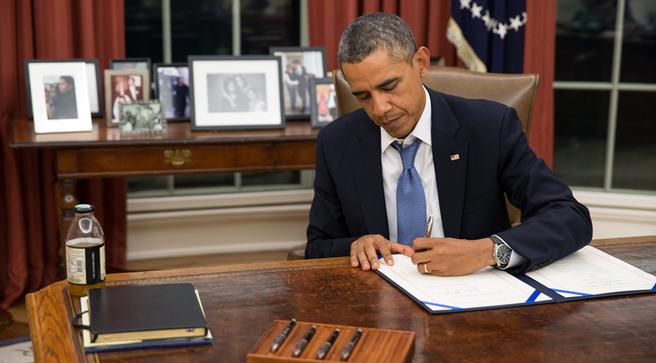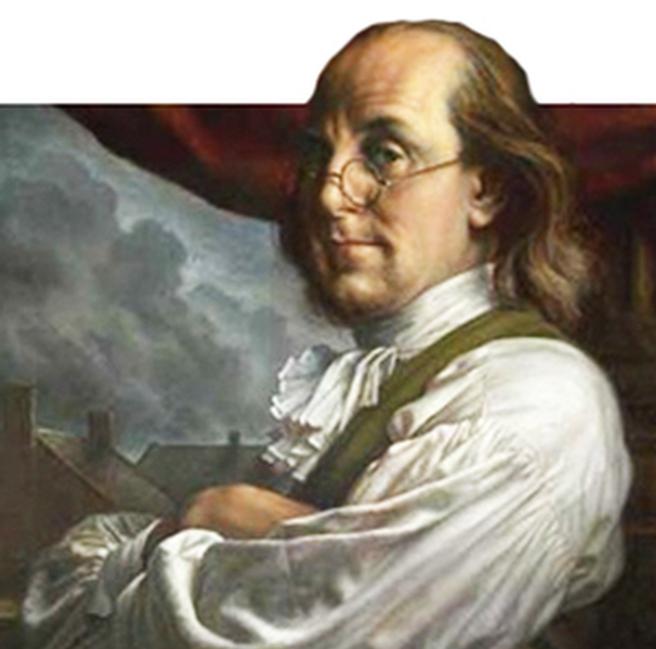 |
The Bassackward Case Against Cursive
3/7/2014
By Scheherazade Q.
From the desk of our CEO, Sheila Kurtz:
If cursive handwriting is deleted from our school programs, only the elite will know the profits of a ‘well mended’ hand
By: Sheila Kurtz
Master Graphologist and CEO of Graphology Consulting Group

Let’s deal first with a childish and false violin Audemars Piguet Replica Watches analogy widely offered by opinionators and bureaucrats who press to end the teaching of cursive handwriting in American schools.
Their argument posits the false premise that once a violin student learns elementary bowing and fingering, he or she does not have to re-learn playing the instrument in a new and “grown-up” way. So why, they ask, should a child who learns to draw all of the individual letters to compose a word be compelled to learn a more sophisticated form of handwriting that in a “grown up” way simply connects and reforms some of the letters instead? It’s an “absurd way to teach children,” the nay-sayers proclaim.
In fact, people learn many behaviors (including bowing and fingering a fiddle) in an elementary way first, before re-learning the skill in the presumed “grown-up” fashion. Learning to drive a vehicle is one: we all learn the basics, and for a while we drive basically; then some of us learn even better ways, and a few learn to become NASCAR or 18-wheeler drivers. Mathematics is the same: we all learn the rudimentary maths, and only then do we learn the good stuff. The same for sex: most of us learn how to hug and kiss, and then some learn how to make love. Handwriting is just like that.
Critics may argue that, in the digital age, to teach cursive handwriting is a waste of precious time that might better be spent thumbing one’s smart phone or iPad. They argue that cursive handwriting is an outmoded technology full of gratuitous ruffles and flourishes, like a royal wedding, and is taught only because many people like to stick to outdated traditions. Some attempt to denigrate graphology, the study of handwriting and personality, as a “pseudoscience” (lifted right from Wiki), although graphology is in fact a serious biometric research tool used worldwide by law enforcement, industry, and medicine for personality assessment and signs of physical and mental issues. (One mustn’t take the correctness of what it says in Wiki for granted; there are many political and procedural problems with its supposedly mass-corrected content mechanisms.)
The more profitable and productive viewpoint is that both “printing”(mostly disconnected single letters making up words) and cursive (joined-together letters in some or all parts to compose words) ought to be taught. The cursive is excellent in some ways, and printing is just as fine in others. Plus, both printing and cursive may be combined and harmonized, at times, for even more exquisite expression and communications by people who know how.
|
As biometric graphologists, we regard “handwriting” as brain(s) writing (we include both the cerebral and the enteric gut brains). We do not often analyze the handwriting of people (no other creature writes) who have not reached ages 18 to 21 because, in fact, we all start out mimicking our penmanship teachers (some of whom may be neither very smart nor very good) and it requires time and experience to change what we have been counterfeiting into something more of our own.
|
 |
| |
|
For a biometric graphologist, cursive is a somewhat more expressive form of handwriting because some of those “extra” strokes (loops, filigrees, slashes, curves, ties, sweeps, etc.) are connected to an inventory of expressive movements and lines that indicate particular behaviors and thus enrich both color and depth of description. However, strictly in terms of describing a writer’s personality, printing is almost as revealing, particularly in its intention to bring clarity, for one thing, and its tendency to mask personality for another. Although it’s somewhat more difficult to see signs of certain traits in printing, it is possible, if they truly exist.
Many smart people who haven’t a clue about the sciences and arts of graphology can still look with innocent eyes at a sample of handwriting (either in printing or in cursive) and garner many worthwhile impressions from what they see and feel. (See some of the following letters below.) However, some handwriting hoodwinks those who subscribe to various handwriting myths and false handwriting sentiments, such as:
- Most doctors’ handwriting is “bad.” Untrue. We have examined more than 130,000 samples of handwriting from medical doctors and nurses worldwide (from 1990 to 2012) and roughly 10 percent are illegible scrawlers, which is about how it stacks up with non-doctors. Many of those scrawling doctors are simply rushed beyond the point where they will take the time and effort to make their handwriting clear (even their printing is often hard to read) because their minds are over-stuffed with ideas and information.

Their pen is like a fire hose under high pressure --- too many ideaspressing to get out of the small aperture of the nozzle or nib; the fire hose bucks and squirms unless held in disciplined check, as does any stylus. Too many backed-up ideas surging onto paper at one time usually produce a semi-scrawl. We have taught many a physician ways to combat this problem, much to the delight of pharmacists and nurses.
- Pretty writing is “good” and un-pretty (“messy”) writing is “bad.” Also untrue in many cases. The writing of most very intelligent people does tend to be legible and is often aesthetically pleasing. However, what the general public believes to be “good” is often banal, methodical, ornate, hyperbolic, and often immature. Why? Because that’s how many of their penmanship teachers wrote (perhaps those teachers were their parents) and those teachers were not always the brightest bulbs on the marquee.
- Handwriting is disappearing in the so-called digital age. Poppycock! Pens, pencils and paper (or some surface) becomes necessary when batteries die and when thumbing a keyboard is not an option (which is more often than many folks think).
- A pen or pencil and least one hand are required to perform handwriting. Not always true. We have samples of handwriting that were inscribed by quadruple amputees (the stylus is held between their teeth, stuck in their nose, held by their toes, or even stuck in their ears). It is now possible to “write” with computer-tracked eye movements alone. A recognizable kind of “handwriting” is even created by men and boys peeing into the snow.
The true facts of handwriting are far more interesting and helpful.
- The reason some teachers call printing “baby writing” is that it is akin to simple melodies (“Baa, baa black sheep . . .”) without “sophistication” or embellishment. The writing may reflect a mind that is still elementary and immature.
- Cursive is often a “faster” way to write because the flow of the written line is for stretches of time unbroken by repeated lifting of the stylus to make spaces between letters, as is the case with printing. It’s a matter of simple physics.
- Many of those maligned little “cusps and wiggles” may (if not overused and otherwise abused) add multiple shades of meaning and depth to handwriting, both for the reader and the writer.
 There is no sensible reason that people ought to limit or to stop learning cursive. If a person eventually does not wish to take advantage of cursive’s musical benefits and charms, the person at least has a choice. As graphologists, we do not favor printing over cursive or vice versa. There is no sensible reason that people ought to limit or to stop learning cursive. If a person eventually does not wish to take advantage of cursive’s musical benefits and charms, the person at least has a choice. As graphologists, we do not favor printing over cursive or vice versa.
For a graphologist, all forms of handwriting expose the inner workings of an individual mentality, and we describe it as we see it with minimum prejudice.
As a young man, Benjamin Franklin ardently practiced his cursive handwriting, which he copied (like artists copy masterworks) from great people he admired; he was constantly “mending” his hand, which meant that his cursive better reflected his amazing mind. Can you imagine a document like the Declaration of Independence and the Constitution or the Gettysburg Address scripted in “baby writing”?
The current critics’ bassackward analogy that the printing in books and newspapers is “baby writing” is simply lazy. Periodical print and most computer fonts are mechanical inscription and almost entirely dispassionate, pre-recorded, graphic expressions of a soulless machine. Even “baby writing” by an actual infant is far more communicative.
One anti-cursive asks: “How can we insist that to drop cursive will be to drop beauty and elegance, given that most people’s cursive handwriting is so abysmal?”
It’s good to keep this in mind: “Abysmal handwriting,” if it truly is abysmal and not simply misjudged by simpletons, indicates a mind that’s not performing too well, either.
To a graphologist, abysmal handwriting is the sort that exhibits the signs of self-deceit, excessive secrecy, low physical and mental drive, little creative or abstract imagination, flat-line thinking patterns, low goals, desire to talk and not listen, chronic procrastination, excessive vanity and self-aggrandizement, heavy repression, depression, excessive stress, and short, nasty, sarcastic temper. Graphologists can see these traits in both printing and cursive, even in handwriting that may to the untrained eye seem quite acceptable and nice.
 Handwriting ought to be read like music is listened to, with all of the potentials noticed and appreciated. To abandon the teaching of cursive is like taking away many of the instruments in a symphony orchestra and expecting ever again to hear the richness of Beethoven or Elgar. Handwriting ought to be read like music is listened to, with all of the potentials noticed and appreciated. To abandon the teaching of cursive is like taking away many of the instruments in a symphony orchestra and expecting ever again to hear the richness of Beethoven or Elgar.
Graphologists have no dog in the fight between cursive and printing. We see handwriting, both individually and in the aggregate, as a brilliant and semi-precise measure of the actual mind-state of any individual in a particular society.
We can say with some certainty that to limit the brain(s)’ ability to express itself because some delusional bureaucrat decides it’s too hard or unimportant for children to learn cursive is constrictive, hurtful, and foolish. Cursive handwriting will long be taught to the elite members of Western alphabet societies because elites do not commonly deprive themselves of excellent options.
As graphologists, many of us feel that the best course would be for cursive handwriting to be better taught as widely as possible by better trained teachers than it is now, with the vast behavioral information that graphology can offer kept in mind. Handwriting is humanity’s brain-record of itself and over time will goodman online permit no political limitations on how it may be scripted.
By: Sheila Kurtz
Master Graphologist and CEO of Graphology Consulting Group
www.GraphologyConsulting.com // www.ScanMyHandwriting.com
© 2014 Graphology Consulting Group All Rights Reserved
Want to know more about what your handwriting says about you?
Request your own handwriting analysis through www.ScanMyHandwriting.com
News Archive
5 Handwritten Notes That Will Change Your Life (from Inc.com)
The Bassackward Case Against Cursive
Lady Gaga: Awesome but possibly underestimating herself.
William and Kate: Couple Analysis
Flash Analysis: Derek Jeter
Valentine's Analysis: Beyoncé and Jay Z
Flash Analysis: Shaun White
The Morning Line: Seahawks Teamwork Can Craze Peyton in XLVIII
Handwriting of a Super Genius: Frederick Sanger
Flash Analysis: Jennifer Lawrence
Amy Poehler: Persistence.
Tina Fey: even her handwriting's brilliant!
Catherine, Duchess of Cambridge
Virginia Woolf's last piece of handwriting
We're Hiring -Work for GCG!
Britney Spears: Calm, Cool and Collected
2013 Battle of the Handwritings: Cyrus Vs. Bieber.
The Astronauts - An analysis of those that went to Space
Texas A&M's Johnny Manziel's Signature Analyzed
Graphology in Sports Illustrated
Diane Sawyer: 'Okay, I'm a snoop. . . '
|
 |